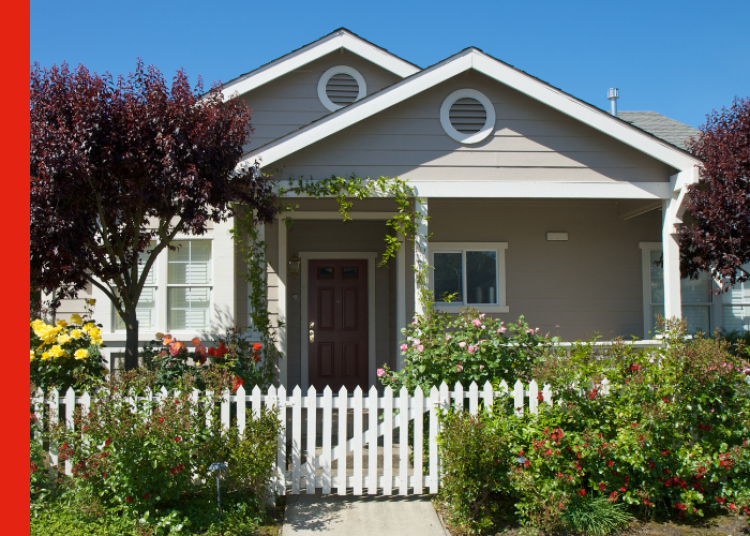
OPINION: The residential property market has undoubtedly started on a new, upward price cycle, but just how fast it will rise, and to what heights, remains as uncertain as was the case over the past few years.
Research the opinions of economists and forecasters in relation to this latest upsurge and you will find the range of opinions is as wide as ever.
The only certainty appears to be uncertainty itself, with buyers demonstrating a stubborn trend of ignoring the twin levers of economic performance and the acts of regulators that normally modify buying trends.
High (by recent standards) mortgage interest rates, tough borrowing criteria, sluggish economic performance and near record prices are not usually parts of a recipe for strong confidence in rising house prices – yet that is what we have got.
If we go back a short period in time, the strong surge in prices which occurred in 2021 was not supposed to happen.
Prior to that surge the Reserve Bank and Treasury were both forecasting slow price growth. Instead, the market went into overdrive, climaxing in Auckland prices peaking in November and December 2021. The median price between the start and finish of 2021 was a price increase of some $250,000 or 23%.*
The next stage of the forecasting in early 2023 had it that prices would recede from those lofty heights by anywhere between 20% and 30%, and with mortgage interest rates doubling then tripling, it was expected that prices would take a long time to recover.
Adding weight to the argument that property values would be under pressure for some was the significant changes introduced to the tax regime around what landlords could claim as a business expense, and with the extension of the bright-line test to 10 years. Many felt that private investors would abandon the market.
However, rather than being in the doldrums for years, prices stopped falling after about 18 months – first stabilising, with the median price once again rising above $1 million in October last year.
By the end of 2023, Auckland’s median price had risen by some 5% over six months.
This raises the interesting question as to how much did prices really decline from November 2021’s peak.
The method chosen for that comparison produces some interesting variations.
The glass half empty approach (if you take the highest Auckland median monthly price point and compare it with the lowest) gives a decline of 23%
A middle ground approach (measuring from the high point in December’s 2021 with December 2023’s median price) gives a decline of 15%.
A glass half full approach might be to exclude the highs and lows and measure the median price for the 2022 full year and compare it with the median price for the full 2023 year. This gives a price decline of 11% comparing 2023 with 2022. And 9% when comparing 2023’s median with that for 2021.
Champions of each approach can all claim that theirs is the most relevant method of measurement.
What is clear to me, is that the majority who sold property at 2023 prices were not as disadvantage as the headlines might suggest and that the real story of prices between 2021 and 2023 was the resilience and stable of property value over the medium term.
Measured against the rule of thumb that the majority will hold on to a property for 7 years, in the past 7 years the median price for property sold in Auckland has risen from $822,000 to $998,000, an increase of 21%. It emphasizes that across that time property has proved an excellent store of value.
*All prices and percentages are drawn from Barfoot & Thompson sales data
